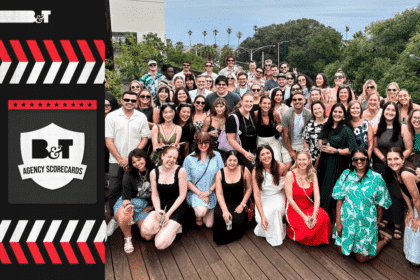As a society, the food trends and consumption patterns in Australia are constantly evolving. They’re shaped by the latest preferences, health trends, and now, many of the patterns we see in the food industry are being greatly affected by the pandemic.
This article looks at three key ways COVID-19 has brought about shifts in consumer habits when it comes to food, and how Australian businesses in the consumer goods industry will be affected by these changes.
Switch to online
Across most markets in the region, e-commerce has seen a spike in demand since people started staying home more often due to the pandemic. During the lockdown, consumers looked to online retailers for the purchase of groceries, and food delivery apps saw a surge in delivery volumes. As a result of these trends, many businesses that were previously running solely through brick and mortar stores were pushed to digitalise and adjust their business model. Initiatives like the COVID-19 Triage Package launched by Brain & Poulter, an Australian food consultancy, have also helped more F&B operators launch takeaway and delivery services during this time.

The switch to digital can be seen in more than just the rise of online food purchases, but also an increase in views of online recipe videos. Globally, views of cooking and recipe videos increased by 45 per cent since 2019. On top of being stuck at home, many felt the need to manage their financial wellbeing, which possibly contributed to why many chose to cook their own food.
Comfort eating and baking
As consumers struggle to find a sense of normalcy during this volatile period, it seems food has become one of the things that provides comfort. 2020 saw a rise in popularity of comfort eating, with conversations regarding cookies, chocolate and cakes, taking up a significant portion of social conversations regarding consumer food trends. A recent survey shows that 1 in 5 Australians said that they were consuming more snacks like biscuits, chips, and lollies.
Another interesting food trend that has come to the forefront this year is baking. Woolworths CEO, Brad Banducci, shared that cake mix is one of the products that has been flying off the shelves and most targeted by panic buyers. The popularity of baking during this period can be attributed to the free time that many consumers have, due to the lack of other activities they are able to do, along with the increased preference and need for comfort food.
In light of these trends, Australian brand, Arnott’s, took this opportunity to share the secret recipe for their famous Monte Carlo biscuit, so that consumers could add their own flair to it and enjoy it at home. Such an initiative is a good example of how brands can leverage the existing trends in order to boost their share of voice and ensure that their brand continues to be talked about and remembered by consumers.
Sustainable packaging
Another trend worth taking note of is the rise in conversations and interest towards sustainable packaging. As consumers are more reliant on online grocery shopping and food delivery services, consumption of disposable products and packaging have increased. This is further fuelled by concerns over hygiene, safety, and practicality during this uncertain period.
In a GlobalData survey, 43 per cent of Australians agreed that they are concerned over the safety of the packaging of products purchased. Conversations regarding the increased consumption of plastic packaging have hence come to the forefront. Hashtags surrounding the topic have also been gaining popularity.

From the examples shared above, we can see how 2020 has seen the rise of various trends in the food industry in Australia. These trends can have direct implications to how businesses in the industry strategize and adjust their messaging to suit the current times. Thus, it is important for businesses in such a fast-paced industry to stay ahead of the latest consumer trends and conversations. This can be done by leveraging social data and listening in order to launch campaigns that help amongst competitors.
Download the Talkwalker Consumer Goods (Food) Industry Report to discover more insights and trends from the sector.









